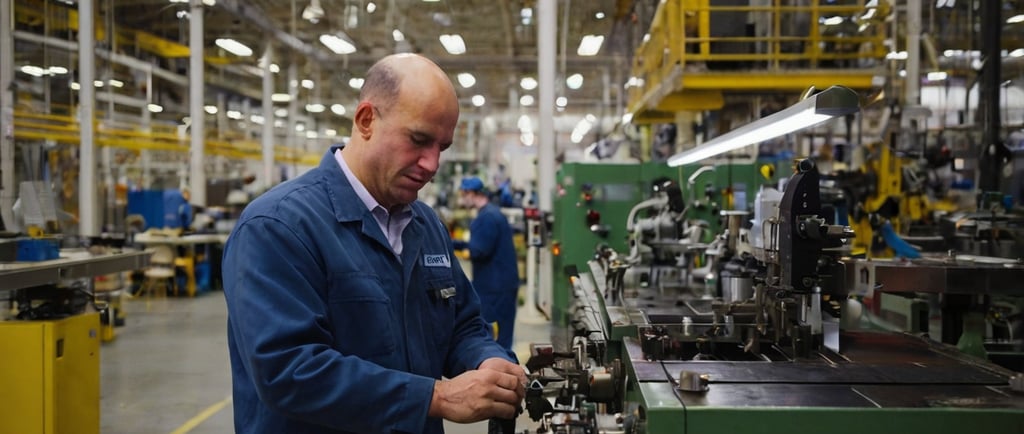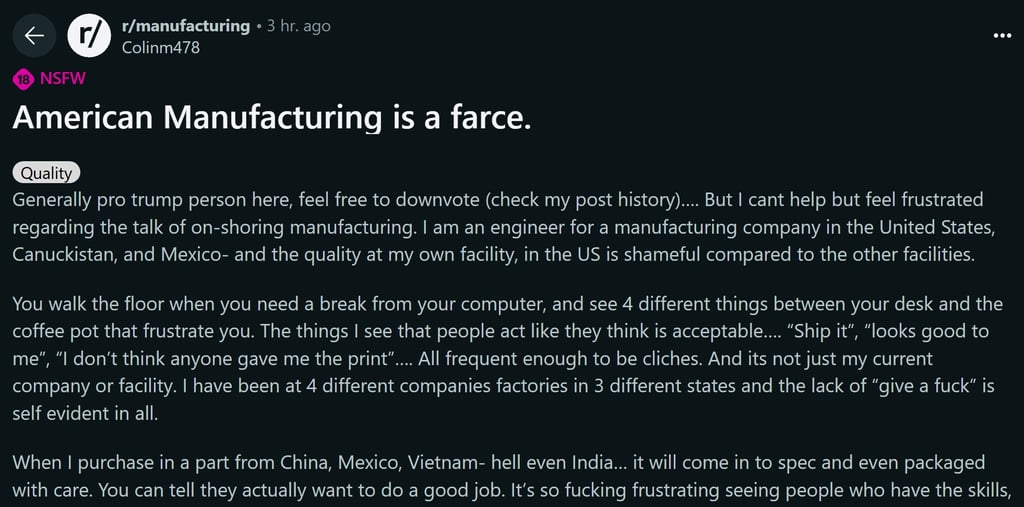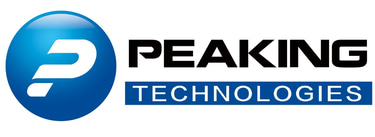The Future of Manufacturing: Reshoring to the U.S., Strategic Moves for Chinese Manufacturers, and Partner Selection for American Companies
In recent years, the global manufacturing landscape has undergone significant shifts. Factors such as trade tensions, technological advancements, and changing consumer preferences have prompted companies to reevaluate their manufacturing strategies.
5/16/20253 min read


In recent years, the global manufacturing landscape has undergone significant shifts. Factors such as trade tensions, technological advancements, and changing consumer preferences have prompted companies to reevaluate their manufacturing strategies. This article delves into the possibility of manufacturing returning to the United States, explores how Chinese manufacturers can adapt to this trend, and provides guidance for U.S. companies in selecting suitable manufacturing partners.DISHER
Reshoring to the United States: A Viable Possibility?
The concept of reshoring—bringing manufacturing back to the U.S.—has gained traction due to several compelling reasons:
Trade Policies and Tariffs: Recent trade agreements have led to fluctuating tariffs, impacting the cost-effectiveness of overseas manufacturing. For instance, a temporary 90-day reduction in tariffs between the U.S. and China has introduced uncertainty, prompting companies to reconsider their reliance on foreign manufacturing hubs.
Supply Chain Resilience: The COVID-19 pandemic exposed vulnerabilities in global supply chains. Companies faced delays and shortages, highlighting the risks of over-reliance on distant manufacturing. Reshoring offers the advantage of proximity, reducing lead times and enhancing responsiveness.
Technological Advancements: Automation and advanced manufacturing technologies have mitigated some labor cost disadvantages of domestic production. Implementing robotics and AI-driven processes can enhance efficiency and reduce dependency on manual labor.
Government Incentives: Legislation such as the CHIPS and Science Act and the Inflation Reduction Act provides subsidies and tax credits to encourage domestic manufacturing, particularly in sectors like semiconductors and clean energy.
Consumer Preferences: There is a growing demand for products labeled "Made in USA," associated with quality and patriotism. This consumer sentiment can drive companies to consider domestic manufacturing to align with market expectations.
Challenges to Reshoring
Despite the advantages, reshoring is not without challenges:
Labor Shortages: A significant hurdle is the shortage of skilled manufacturing workers in the U.S. Companies may struggle to find qualified personnel to operate advanced manufacturing equipment.
Higher Operational Costs: Domestic manufacturing often entails higher labor and regulatory compliance costs. Companies must weigh these expenses against the benefits of reshoring.
Infrastructure Limitations: Rebuilding or upgrading manufacturing infrastructure requires substantial investment. Some regions may lack the necessary facilities or logistics networks to support large-scale manufacturing operations.


Strategic Adaptations for Chinese Manufacturers
Chinese manufacturers face the challenge of retaining business amid the reshoring trend. To remain competitive, they can consider the following strategies:
Diversification: Expanding operations to other countries (a "China Plus One" strategy) can mitigate risks associated with trade tensions and tariffs. Establishing facilities in countries like Vietnam or Malaysia can provide alternative manufacturing bases.
Enhancing Value Propositions: Focusing on high-quality production, innovation, and customer service can differentiate Chinese manufacturers from competitors. Investing in advanced technologies and skilled labor can improve product offerings.
Supply Chain Optimization: Streamlining supply chains and reducing reliance on foreign components can improve efficiency and reduce exposure to international disruptions.
Building Trust and Transparency: Establishing transparent communication channels and demonstrating commitment to quality and ethical practices can strengthen relationships with international clients.
Selecting the Right Manufacturing Partner: A Guide for U.S. Companies
For U.S. companies evaluating manufacturing partners, several factors should be considered:
Total Cost of Ownership (TCO): Beyond unit costs, TCO includes logistics, tariffs, quality control, and potential delays. A comprehensive analysis can reveal the true cost-effectiveness of domestic versus overseas manufacturing.
Proximity and Responsiveness: Local manufacturers offer advantages in communication, quicker turnaround times, and easier collaboration on product development and problem-solving.
Quality and Compliance: Domestic manufacturers are subject to stringent regulations, ensuring higher compliance standards. This is particularly important for industries like medical devices and aerospace.
Intellectual Property Protection: Manufacturing within the U.S. provides stronger legal protections for intellectual property, reducing the risk of unauthorized use or replication.
Sustainability Goals: Local manufacturing can reduce carbon footprints due to shorter transportation distances and allows for better oversight of environmental practices.
Conclusion
The reshoring of manufacturing to the United States presents both opportunities and challenges. While factors like trade policies, supply chain resilience, and technological advancements make domestic manufacturing more attractive, companies must navigate labor shortages, higher costs, and infrastructure needs.
Chinese manufacturers can adapt by diversifying operations, enhancing value propositions, optimizing supply chains, and building trust with clients.
For U.S. companies, selecting the right manufacturing partner involves a holistic assessment of costs, quality, compliance, and strategic alignment with business goals.
As the manufacturing landscape continues to evolve, adaptability and strategic planning will be key to success in this dynamic environment.
